An important factor while buying solar panels is to consider the different types of solar panels and choose the one that better suits your needs. All other factors such as installation costs and efficiency depend on the type of solar panels you choose.
Solar panels come in three distinct varieties. Each has its own set of benefits and drawbacks, as well as varying characteristics and prices. But how do you choose the right type of solar panels for your house?
Let’s have a look at the three different types of solar panels in terms of technology, efficiency, and costs. And also learn how to choose the best type of solar panels for your house!
Table of Contents
1. Monocrystalline Solar Panels
1.1 What are Monocrystalline Solar Panels?
1.2 How are Monocrystalline Solar Panels Made?
1.3 The Appearance of Monocrystalline Solar Panels
2. Polycrystalline Solar Panels
2.1 What are Polycrystalline Solar Panels?
2.2 How are Polycrystalline Solar Panels Made?
2.3 The Appearance of Monocrystalline Solar Panels
3. Thin-Film Solar Panels
3.1 What are Thin-Film Solar Solar Panels?
3.2 How are Thin-Film Solar Panels Made?
3.3 The Appearance of Thin-Film Solar Panels
4. Future Solar Panel Technologies
5. Energy Efficiency of Different Types of Solar Panels
5.1 Energy Efficiency of Monocrystalline Solar Panels
5.2 Energy Efficiency of Polycrystalline Solar Panels
5.3 Energy Efficiency of Thin-film Solar Panels
6. Costs of Different Types of Solar Panels
6.1 Monocrystalline Solar Panel Cost
6.2 Polycrystalline Solar Panel Cost
6.3 Thin-film Solar Panel Cost
7. Choosing Solar Panel for Your Home
8. Frequently Asked Questions
#1 Monocrystalline Solar Panels
What are Monocrystalline Solar Panels?
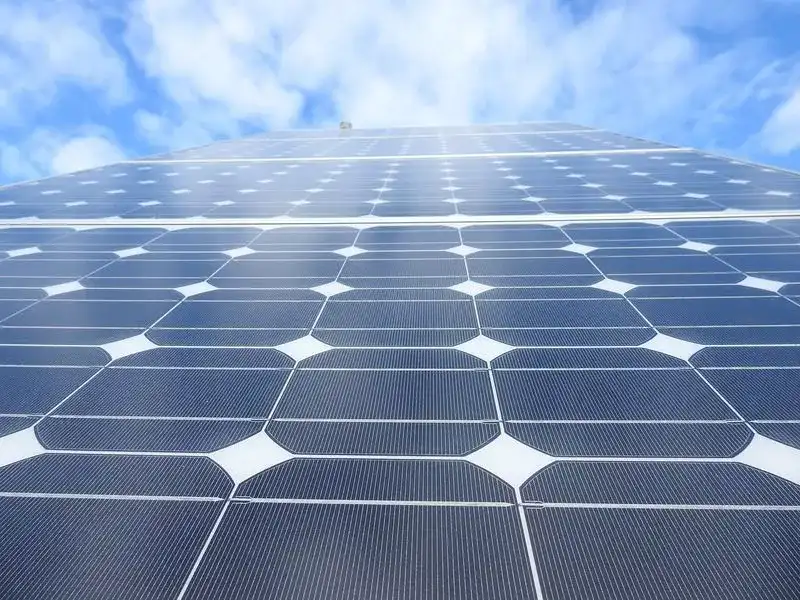
Solar cells are almost always made from silicon because it is so abundant and inexpensive. Sand (SiO2) is heated to temperatures around 2200°C to create silicon. Silicon exists in two forms at room temperature: amorphous and crystalline. Solar panels use crystalline forms of silicon.
Monocrystalline solar panels are also called single-crystal solar cells. These solar cells are made out of a single chunk or block of crystalline silicon.
Monocrystalline solar panels are the most developed form of solar panels and have been around for some time. Pure silicon is used to make these solar cells. A silicon crystal is placed in a molten silicon vat during the manufacturing process known as the Czochralski technique.
How are Monocrystalline Solar Panels Made?
The crystal is slowly removed from the vat, allowing the molten silicon to build a solid crystal shell around it, creating an ingot. The ingot is then sliced very thinly into solar wafers. The cell is created from the wafer, and then the cells are joined together to form a monocrystalline solar panel.
The Appearance of Monocrystalline Solar Panels
Monocrystalline solar panels have an inert appearance with blue-grey color or black finish. Because of the way sunshine interacts with pure silicon, these solar cells appear black. The monocrystalline cells are shaped like a square with the corners cut off, resulting in small spaces between them.
#2 Polycrystalline Solar Panels
What are Polycrystalline Solar Panels?
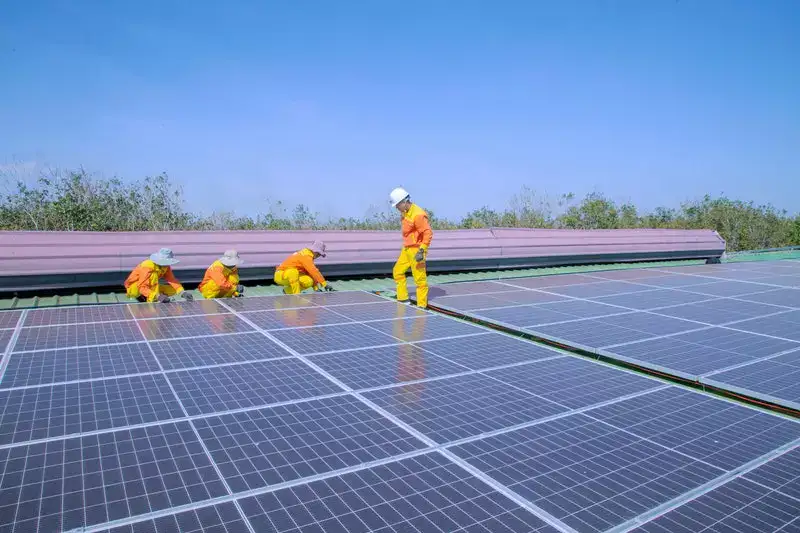
Polycrystalline solar cells, like monocrystalline ones, are composed of silicon. However, polycrystalline cells are formed by melting together small pieces of the silicon crystal.
How are Polycrystalline Solar Panels Made?
Polycrystalline solar panels are created by melting silicon together at very high temperatures. The molten silicon is then poured into molds. The fragmented silicon is thinly sliced into polycrystalline solar wafers once it has cooled. These wafers are combined to make a polycrystalline panel.
The Appearance of Monocrystalline Solar Panels
The blue color of polycrystalline solar panels is due to the way sunlight bounces off the crystals. This gives polycrystalline solar panels a distinctive look. The cell is square, and there are no gaps between neighboring cell corners.
#3 Thin-Film Solar Panels
What are Thin-Film Solar Solar Panels?
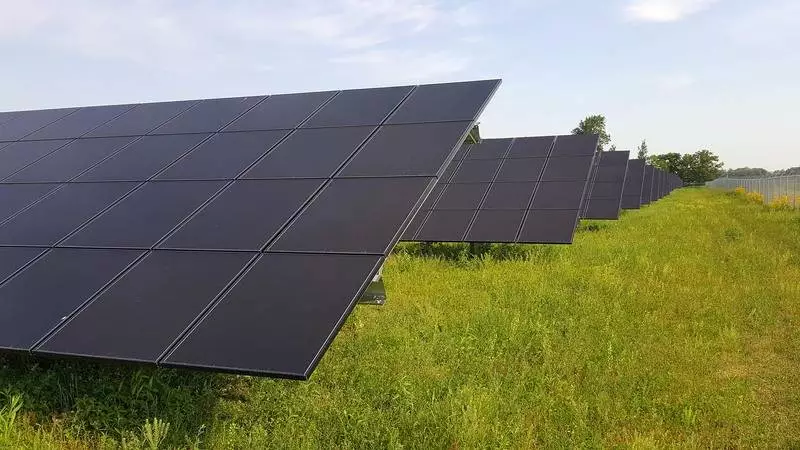
The final type of solar panel that you should be aware of is called thin-film solar panels. Thin-film solar panels are a relatively new PV technology in the solar industry.
The most distinguishing feature of thin-film panels is that they use Amorphous Silicon (a-Si), Copper Indium Gallium Selenide (CIGS), or Cadmium Telluride (CdTe) instead of traditional crystalline semiconductors used by other types of solar panels. Thin-film solar panels are actually categorized by the type of material (previously stated) they are composed of.
How are Thin-Film Solar Panels Made?
These solar panels are made by sandwiching a material between two thin layers of conductive material and a protective layer of glass. The amorphous silicon panels do contain silicon, but it is in the form of non-crystalline silicon and topped with glass.
The Appearance of Thin-Film Solar Panels
Thin-film solar panels are typically black or blue. The front side of these solar panels is usually textured with a matte appearance, while the back side has an appearance similar to that of traditional solar panels – smooth and sometimes reflective. These features make thin-film solar panels visually striking in architectural applications.
Future Solar Panel Technologies
New developments and research by energy engineers and scientists will lead to the creation of newer varieties of solar panels, such as the Passivated Emitter and Rear Cell (PERC) panel (currently in the research stage), which will be a better form of monocrystalline solar cells.
Energy Efficiency of Different Types of Solar Panels
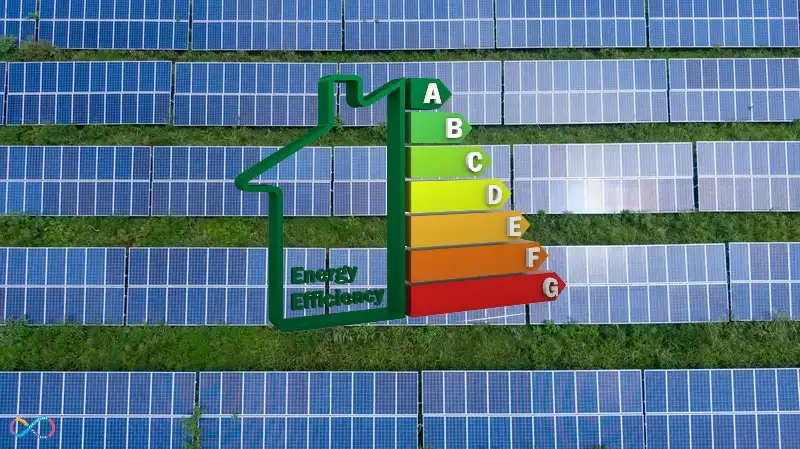
The solar cells that make up solar panels have a certain amount of energy efficiency. The higher the solar cell’s energy efficiency, the more energy it can produce from sunlight.
Energy Efficiency of Monocrystalline Solar Panels
Monocrystalline solar panels have the greatest energy efficiency, often around 15-20%. This high rate of efficiency implies that they generate more power per square foot, allowing them to be highly space-efficient.
Monocrystalline solar panels have the highest efficiency rating among the 3 types of solar panels. Because the monocrystalline cell is made up of a single silicon crystal, the electrons that generate electricity have more room to flow. Monocrystalline panels are more efficient than polycrystalline and thin-film ones as a consequence.
Monocrystalline solar panels are typically more efficient in warmer weather. They also have the highest power capacity ratings among all other types as well. The power output rating of a monocrystalline panel is at least 320 watts, although some can exceed 375 watts or more!
Energy Efficiency of Polycrystalline Solar Panels
On the other hand, polycrystalline solar panels come in second place because they are blended from multiple silicon sources and are slightly less energy efficient. Polycrystalline solar panels have an energy efficiency of around 13%-16%. Because polycrystalline panels are less efficient, they produce somewhat lesser power than monocrystalline panels, which range from 240 watts to 300 watts.
However, new technologies and manufacturing processes have improved the polycrystalline solar panels’ energy and power efficiency over time. Therefore, some polycrystalline panels have a rating of more than 300 Watts.
Energy Efficiency of Thin-film Solar Panels
Thin-film solar panels are made from a-Si and other materials and thus have a lower energy efficiency rating in the range of 7%-13%. The energy efficiency of these solar panels is the worst among all other kinds. As a result, they are not used in residential solar systems.
Costs of Different Types of Solar Panels
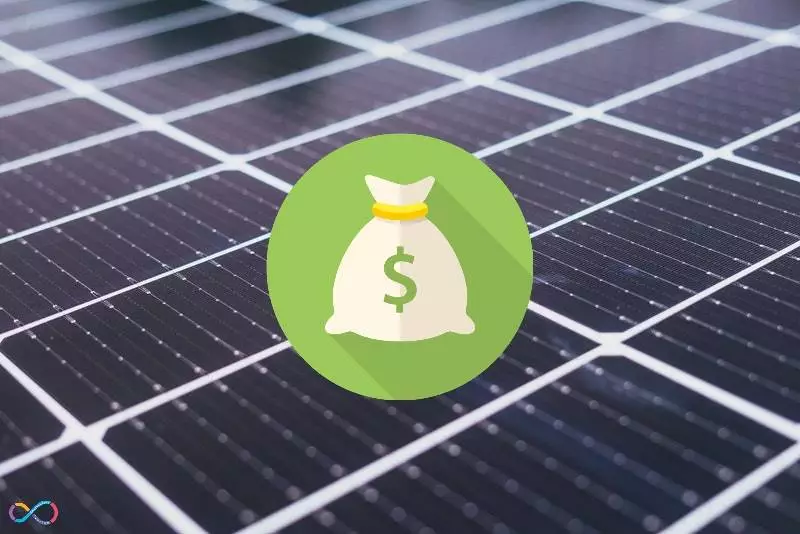
Monocrystalline Solar Panel Cost
Monocrystalline solar panels are more expensive to produce. They require a more refined silicon product and additional cell processing due to their complex crystal structure.
However, the solar cells have higher efficiencies so fewer solar cells are needed, which results in a lesser cost for installation due to lighter weight, thinner solar modules that take up less roof space, and an aesthetically pleasing design that does not clutter your roof or yard.
Monocrystalline solar panels are the most energy-efficient solar panels and have the highest price among all solar panel types. On average, monocrystalline solar panels cost $1 to $1.50 per watt, meaning that setting up a 5kW solar power system costs between $5,000 and $7,500.
Although this is the case, in recent years the cost difference between monocrystalline and polycrystalline solar panels has narrowed greatly as manufacturing processes and solar panel technology have improved.
Polycrystalline Solar Panel Cost
Polycrystalline solar panels are subsequently less energy-efficient and cheaper than monocrystalline solar panels. These solar panels are widely used by homeowners because they cost less and have mid-tier performance.
In fact, polycrystalline solar panels have dominated the residential solar market during 2012-2016 due to their low costs. On average, polycrystalline solar panels cost $0.90 to $1 per watt, so setting up a 5kW solar power system would cost between $4,500 and $5,000 making it a less costly choice.
But as stated earlier, the price gap between monocrystalline and polycrystalline solar panels is narrowing. Since solar panels have a lifespan of 25 years or more, most homeowners go for monocrystalline solar panels.
Thin-film Solar Panel Cost
Among all solar panel types, thin-film panels are less energy-efficient and thus have the lowest cost. On average, thin-film solar panels cost $0.70 To $1 per watt, so setting up a 5kW solar power system would cost between $3,500 and $5,000 making it the most affordable option among all other types.
However, thin-film solar panels have a shorter lifespan (14-17 years) and require a lot of space to generate the same amount of energy as compared to other solar panel types.
So, Which Solar Panel Type Should You Use for Your Home?
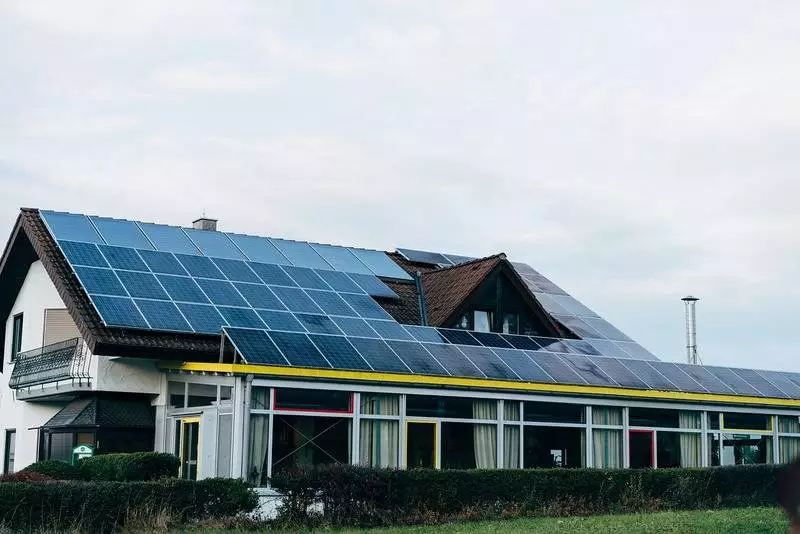
Each type of solar panel has its own set of benefits and drawbacks. The option of solar panels ultimately comes down to your specific property and environmental conditions. So how do you choose the best solar panels for your home?
Well, it depends upon some factors. If you’re living in a dense area that has limited space for solar panels installation, you should opt for monocrystalline solar panels. If your budget permits, monocrystalline solar panels can utilize the available physical space more efficiently. Because they are more energy-efficient and can produce more power per square foot than any other type of solar panel.
However, if you have more areas available for solar panel installation, the polycrystalline solar panel is a good option. Because they are inexpensive and can help you save money upfront, yet provide decent performance.
Thin-film solar panels, on the other hand, can be more practical when used in compact spaces such as recreational vehicles (RVs) and watercraft; and areas that require flexible installation instead of rigid paneling such as solar chargers and power banks.
One more thing to consider while choosing a solar panel is the type of glass protection that they provide. For example, if you’re living in an area where hail is common, you should opt for crystalline solar panels (not thin-film) as they can withstand hail. To learn more about this, read our more in-depth article about solar panels and hail: Can Hail Damage Solar Panels?
Frequently Asked Questions
How do solar panels work?
Solar panels are built from fundamental units called solar cells. Solar cells work by converting solar radiation (sunlight) into direct-current electricity. Solar cells are made of semiconductor materials. Read more: What is a solar panel and how does it work? (Ultimate 101 Guide)
What are bifacial solar panels?
Bifacial solar panel technology dates back to the 1960s. Bifacial solar panels can generate from both sides unlike conventional mono-facial solar panels generating only from the front side. Bifacial solar panels are more efficient than mono-facial, simply because they collect sunlight on both front and rear sides. However, due to the high cost of bifacial solar panels ($3+ per watt), they are not used in residential installations.




![Types of Engineers and What they Do [Explained]](https://www.engineeringpassion.com/wp-content/uploads/2022/04/types-of-engineers-and-what-they-do-280x210.jpg)






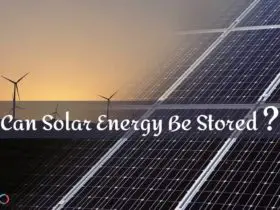
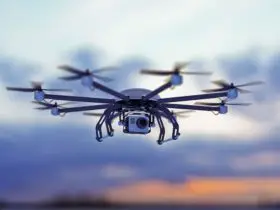
Leave a Reply